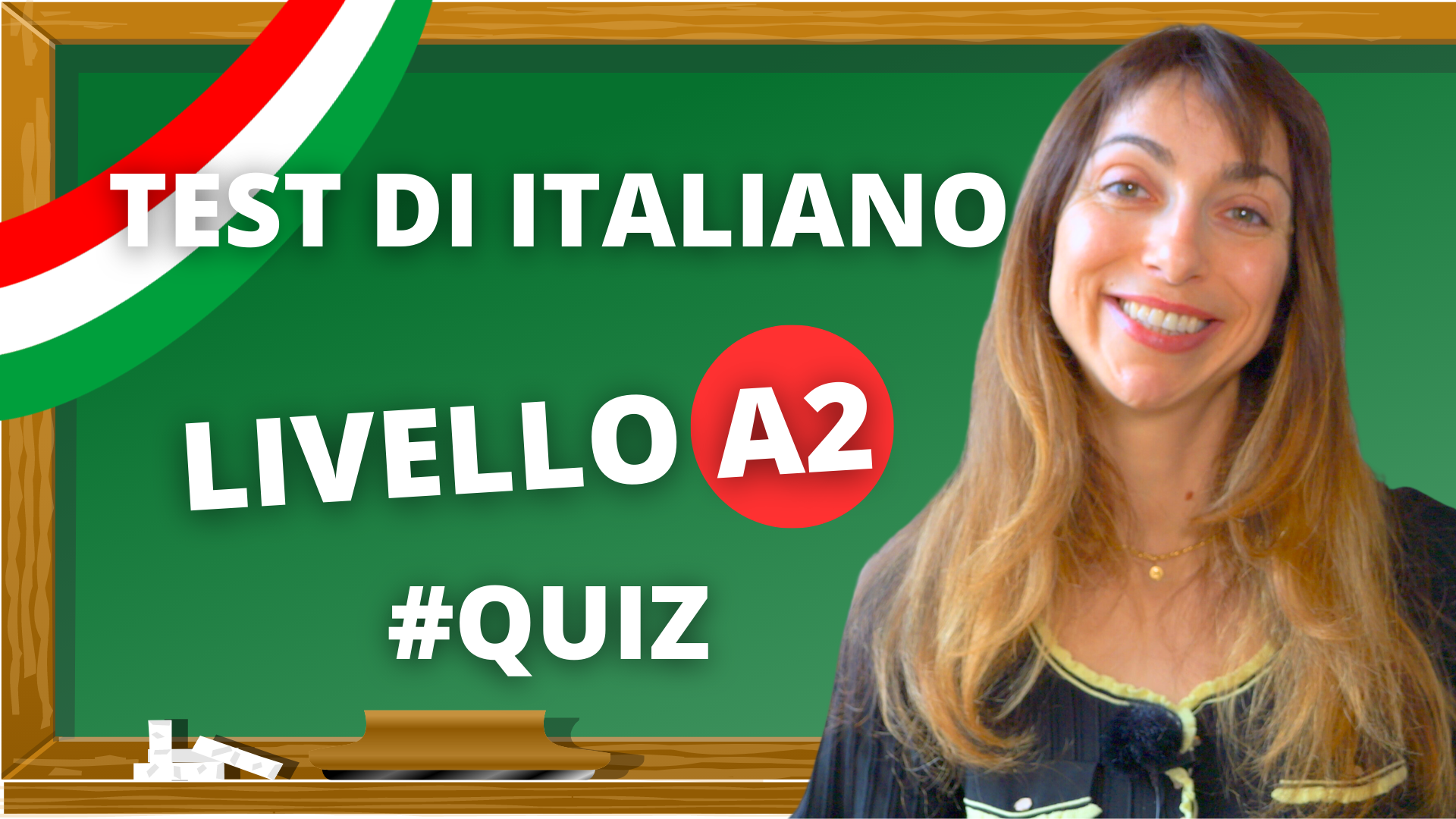Italian Pronouns Test: Master Direct, Indirect, and Combined Pronouns (A2, B1, B2 Levels)
Are you preparing for your A2, B1, or B2 level Italian exams? Enhance your Italian grammar proficiency with our comprehensive Italian pronoun test. This quiz covers direct pronouns, indirect pronouns, and combined pronouns, ensuring you’re well-prepared for any Italian grammar challenge. Let’s see together!
Table of Contents
Direct Pronouns in Italian
Direct pronouns are used to replace a noun that is the direct object of a verb. They agree in gender and number with the noun they replace. In this section, we’ll provide an overview of Italian direct pronouns, along with examples to help you understand their usage.
List of Direct Pronouns:
- lo (it, masculine singular)
- la (it, feminine singular)
- li (them, masculine plural)
- le (them, feminine plural)
Examples of direct pronouns in Italian sentences:
- Ho comprato il libro. Lo ho letto. (I bought the book. I read it.)
- Ho visto i ragazzi. Li ho visti. (I saw the boys. I saw them.)
- Non conosco quella donna, ma la vedo spesso. (I don’t know that woman, but I often see her.)
Indirect Pronouns in Italian
Indirect pronouns replace the indirect object of a verb, and they are used to indicate the person to or for whom the action is performed. They don’t agree in gender with the noun they replace but do agree in number. We will explore the concept of Italian indirect pronouns and provide examples to illustrate their use.
List of Indirect Pronouns:
- mi (to/for me)
- ti (to/for you, singular)
- gli (to/for him)
- le (to/for her)
- ci (to/for us)
- vi (to/for you, plural)
- loro (to/for them)
Examples of indirect pronouns in Italian sentences:
- Ho dato il libro a Maria. Le ho dato il libro. (I gave the book to Maria. I gave her the book.)
- Ho parlato ai ragazzi. Ho parlato loro. (I spoke to the boys. I spoke to them.)
- Ho scritto una lettera a mio padre. Gli ho scritto una lettera. (I wrote a letter to my father. I wrote him a letter.)
Combined Pronouns
Combined pronouns occur when a direct and an indirect pronoun are used together in a sentence. In this section, we’ll discuss the rules and nuances of combined pronouns in Italian, along with examples to demonstrate their application.
List of Combined Pronouns for “lo” (it, masc.):
- me lo (it to/for me)
- te lo(it to/for you, singular)
- glielo (it to/for him/her)
- ce lo (it to/for us)
- ve (it to/for you, plural)
- glielo (it to/for them)
Examples of combined pronouns in Italian sentences:
- Me l’hai dato? (Did you give it to me?)
- Glielo do. (I give it to him.)
- Non te lo posso dire. (I can’t tell it to you.)
By understanding the rules and applications of direct, indirect, and combined pronouns, you’ll be well-equipped to tackle A2, B1, and B2 level Italian exams. Do you want to learn more? Check my Youtube video!


